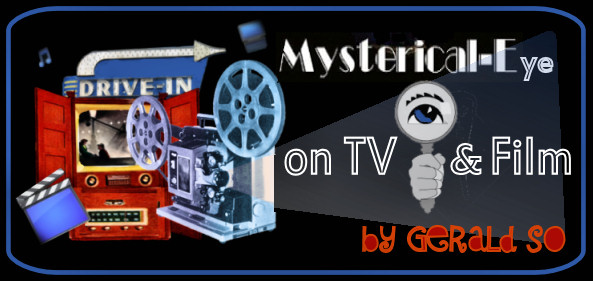 |
Getting Clued In to Tie-Ins
I first intended this column to be a rundown of the 2008-09 season's new crime TV series, but many of last season's interrupted series still feel new and several others (NBC's Knight Rider, ABC's Life on Mars, FOX's Fringe) seem to be trying to duplicate the success of old series. Perhaps network executives feel new concepts are too risky to win back the audience lost during the writers' strike. In any case, the trend toward familiar concepts brings to mind the field of tie-ins. According to the International Association of Media Tie-in Writers (IAMTW) Web site, tie-ins are "original works based on existing characters from movie, TV series, books, games, cartoons," and other media "or they are novelizations (books based on screenplays for movies and TV shows)." Distinguished from fan fiction, tie-ins are "licensed works...written with the permission and supervision of the creators, studios, or other rights-holders of the original characters." Tie-ins are "published by the major publishing companies, are available everywhere, sell tens of millions of copies worldwide and regularly appear on the New York Times, USA Today, and Publishers Weekly bestseller lists... but the actual craft of tie-in writing goes largely unrecognized and is greatly misunderstood." For as long I can remember, Star Trek and Star Wars novels have filled several bookstore cases. As a fan of the TV and movie series, I preferred those as the "real" stories. As my understanding of tie-ins has grown beyond science fiction, however, I've found my own bookcases full of works by John Gardner and Raymond Benson, who were licensed by Ian Fleming's estate to write James Bond novels, Stuart M. Kaminsky, who wrote two Rockford Files novels in the late 1990s, and Lee Goldberg, occasional screenwriter for USA Network's Monk, who has published six Monk novels to date. To revisit my previous standard, I've seen the movies and TV shows--the concepts as they originally appeared--why read the books? I do so gladly because I love James Bond, Jim Rockford, Adrian Monk and friends, and I want to believe their adventures continue though the shows are cancelled or the movies are no longer made. The same affection drove fans of Robert B. Parker's Spenser to watch Spenser: For Hire and fans of Jim Butcher's Harry Dresden to watch The Dresden Files. Oddly, FOX's Bones didn't make me want to read the source novels by Kathy Reichs, but I did read Max Allan Collins's Bones: Buried Deep , based on characters from the TV show. As I mentioned in a previous column comparing books to TV series, there are qualities each medium can offer that the other simply can't, and we want our favorite characters to live as fully as possible. I wrote above that I hadn't bought into Star Trek or Star Wars novels, but I have bought comic books based on Joss Whedon's Firefly. So it seems my fandom rivals that of any science fiction fan. It's just that I prefer the mystery and espionage genres. A common misconception is that tie-ins are poorly or quickly written, and while some have seemed that way to me, as my reading tastes have matured, I've been able to choose better-written material. What makes me personally pick up a tie-in novel or comic book these days? The author has to have some experience writing for the original medium and the new one, as Monk novelist Lee Goldberg has with USA Network's Monk. Because Goldberg has written for the show, and because he is a novelist in his own right, he's well suited to bring Monk to the page. Similarly, Joss Whedon is involved in creating the stories for the comics based on Firefly, and he has written other comics. I will also read a tie-in if I feel the author has the right sensibilities for the project, like Kaminsky with Jim Rockford or Robert B. Parker in his completion of the last Philip Marlowe novel, Poodle Springs . In some ways, tie-in writing is more difficult than creating characters and a story from scratch. Tie-in writers have to deliver the best of both worlds: what the existing fan base enjoys about the original concept and what the new fan base expects from the new concept. For example, Tod Goldberg's first tie-in, Burn Notice: The Fix delivered the wry spycraft from the TV show but also delivered an intricate plot better suited to a novel than to TV's usual 44 minutes. On the other hand, Goldberg had to write the book in first-person to deliver Michael Westen's voice, which had the effect of one long voiceover, whereas on TV the voiceover is broken up by straight action scenes. The trends of crime novelists writing for comic books and novelists adapting their own work for the screen are ongoing. If favorite characters have captured your imagination, chances are you've willingly followed them through several incarnations and adaptations, and your sense of them is richer for it. To learn more about the craft and business of tie-in writing and see a sample of how many authors are involved, visit http://www.iamtw.org/ |
|
|
Past issues and stories
pre 2005.
Subscribe to our mailing
list for announcements.
Submit your work.
Advertise with us.
Contact us.
Forums, blogs, fan clubs,
and more.
About Mysterical-E.
Listen online or download
to go.
|
|
|
 |
 |

